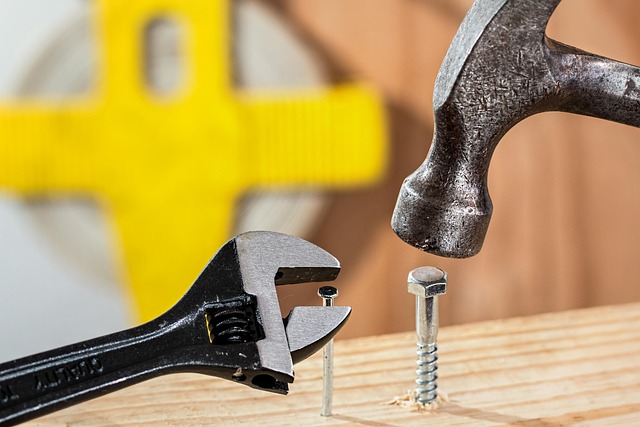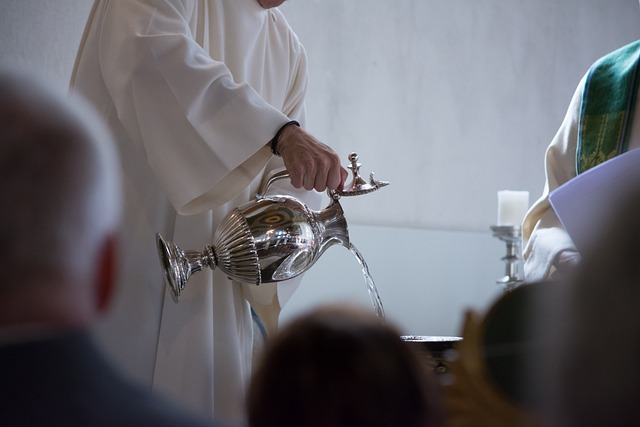Every culture boasts a rich tapestry of traditions, many of which revolve around religious rituals that have been passed down through generations. Yet, as we immerse ourselves in these practices, confusion often lurks just beneath the surface. Why do we perform these rituals? What meaning do they hold? And how can we navigate the complexity that sometimes surrounds them?
For many, the journey into the realm of religious rituals can evoke feelings of awe and reverence. However, it’s not uncommon to feel a sense of confusion. Rituals are often laden with symbolism, historical context, and cultural nuances that can be overwhelming to unpack. This bewilderment can stem from personal experiences, differing interpretations, or even the evolution of rituals over time.
Consider the significance of a simple act, such as lighting a candle during a service. For some, it represents a prayer or a moment of reflection; for others, it may symbolize hope or the presence of the divine. Each individual might interpret this act through their own lens of understanding, shaped by personal beliefs and experiences, which can create a tapestry of meanings that may conflict or create confusion.
Moreover, as globalization weaves its way into our lives, the intermingling of different religions and their traditions can add another layer of complexity. A ritual that is sacred and clear in one cultural context might morph into something entirely different in another. This blending can be beautiful, but it also has the potential to confuse those who seek a deeper understanding of their own practices amidst such diversity.
The confusion can intensify when we encounter rituals that seem steeped in archaic beliefs, especially in a modern world that values logic and empirical evidence. Many might find themselves questioning the relevance of such practices, leading to a crisis of faith or an existential search for meaning. When faced with this confusion, it is crucial to remember that these rituals serve as bridges connecting us to our heritage, our community, and ourselves.
To navigate the confusion surrounding religious rituals, it is helpful to approach them with an open heart and mind. Engaging in conversations with those who practice them can provide insights that help demystify these experiences. Reading sacred texts, participating in discussions, and attending workshops can also illuminate the layers of meaning that lie within these practices, helping to ease the perplexity.
Ultimately, embracing the confusion is part of the journey in understanding religious rituals. It allows us to appreciate their depth, to question and explore, and to find meaning in the intricate dance between tradition and personal belief. Whether you find clarity or continue in your quest for understanding, the journey through the confusion of religious rituals can lead to profound revelations about faith, community, and self.



